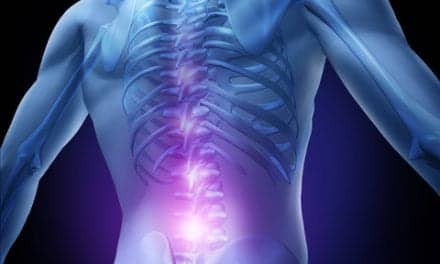Researchers at the University of Adelaide in Australia suggest that new insights into how the human brain responds to chronic pain may lead to improved treatments for patients. Ann-Maree Vallence, PhD, of the University of Adelaide’s Robinson Institute, conducted a study on patients with chronic tension-type headache (CTTH), a chronic pain disorder. Participants undertook a motor training task consisting of moving their thumb as quickly as possible in a specific direction. The change in task performance was tracked by recording how quickly subjects moved their thumb.
In addition, a noninvasive brain stimulation technique was also used to obtain a measure of the participants’ neuroplasticity.
Vallence states, “Typically, when individuals undertake a motor training task such as this, their performance improves over time, and this is linked with a neuroplastic change in the brain. The people with no history of chronic pain got better at the task with training, and we observed an associated neuroplastic change in their brains. However, our chronic headache patients did not get better at the task, and there were no associated changes in the brain, suggesting impaired neuroplasticity.”
Vallence explains, “These results provide a novel and important insight into the cause of chronic pain, and could eventually help in the development of a more targeted treatment for CTTH and other chronic pain conditions.”
She adds, “People living with chronic headache and other forms of chronic pain may experience reduced quality of life, as the pain often prevents them from working, amongst other things. It is therefore imperative that we understand the causes of chronic pain, not just attempt to treat the symptoms with medication.”
[Source: University of Adelaide]





